PDF-The research reported here was funded by the Arts and Humanities Resea
Author : luanne-stotts | Published Date : 2016-11-16
plural NOM vics ACC vicem vics GEN vicis DAT vicibus ABL vice vicibus Questions What units are affected see Part A How do gaps arise see Part B How are the
Presentation Embed Code
Download Presentation
Download Presentation The PPT/PDF document "The research reported here was funded by..." is the property of its rightful owner. Permission is granted to download and print the materials on this website for personal, non-commercial use only, and to display it on your personal computer provided you do not modify the materials and that you retain all copyright notices contained in the materials. By downloading content from our website, you accept the terms of this agreement.
The research reported here was funded by the Arts and Humanities Resea: Transcript
Download Rules Of Document
"The research reported here was funded by the Arts and Humanities Resea"The content belongs to its owner. You may download and print it for personal use, without modification, and keep all copyright notices. By downloading, you agree to these terms.
Related Documents

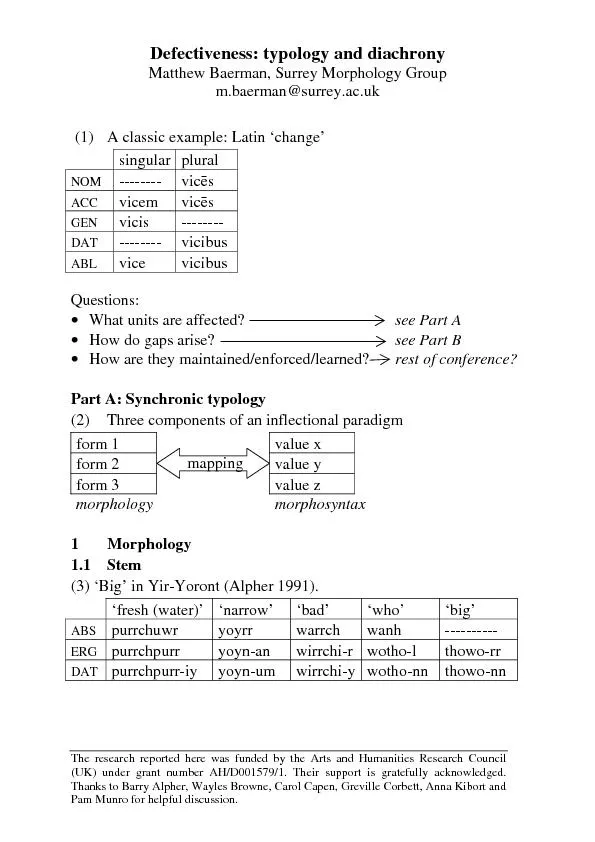

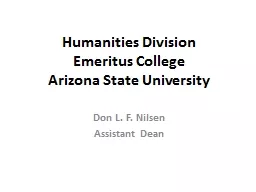

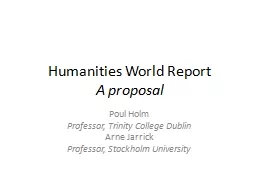
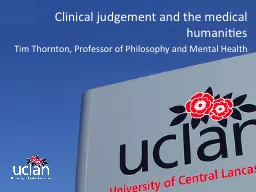

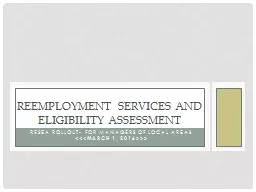


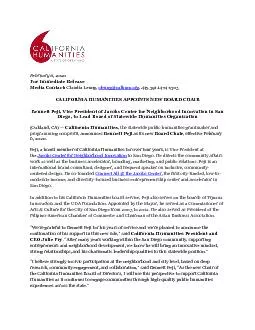
![[DOWNLOAD] - Graduate Programs in the Humanities, Arts & Social Sciences 2018 (Peterson\'s](https://thumbs.docslides.com/903353/download-graduate-programs-in-the-humanities-arts-social-sciences-2018-peterson-s-graduate-programs-in-the-humanities-arts-s.jpg)
![[READ] - Grad Guides Book 2: Humanities/Arts/Soc Scis 2006 (Peterson\'s Graduate and](https://thumbs.docslides.com/906923/read-grad-guides-book-2-humanities-arts-soc-scis-2006-peterson-s-graduate-and-professional-programs-in-the-humanities-arts-a.jpg)
